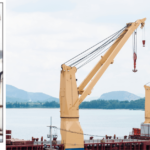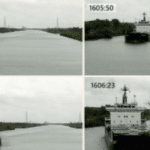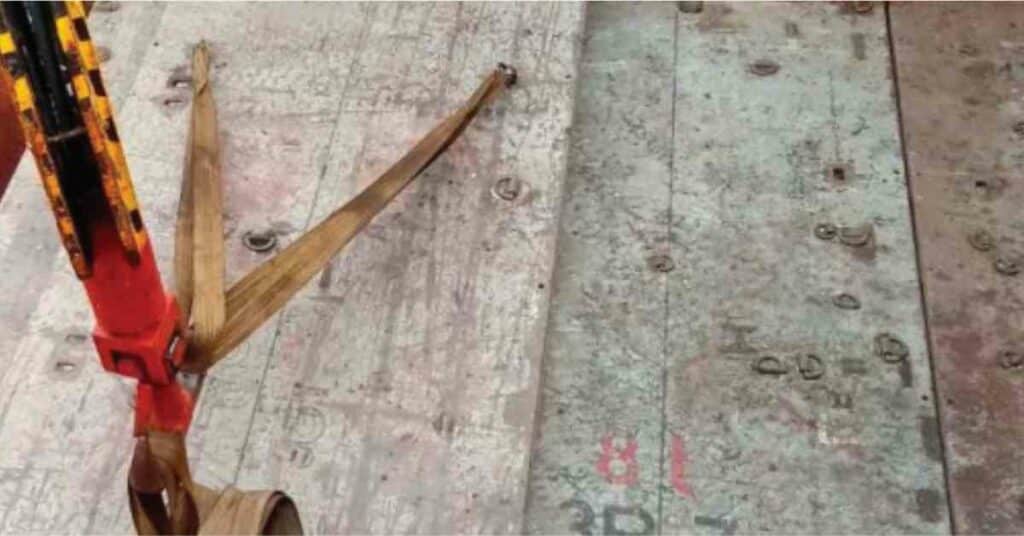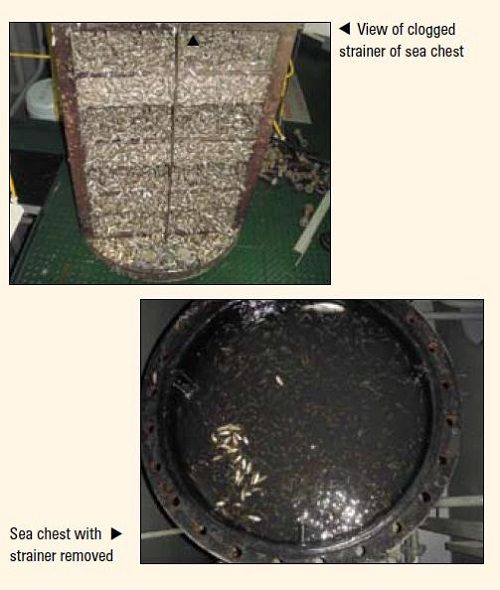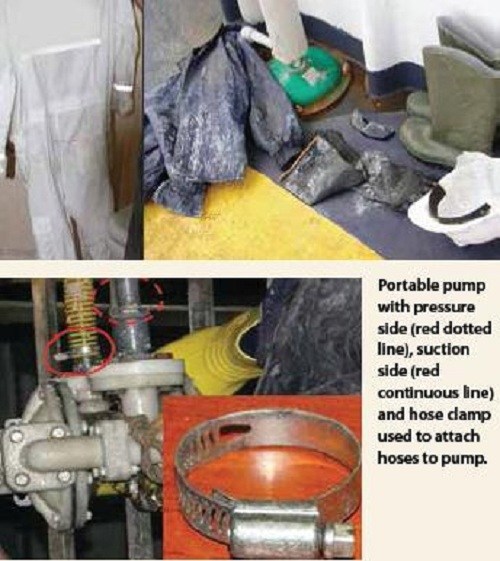Real Life Incident: Flawed Departure Plan Results In Contact With Another Vessel
A small tanker was manoeuvring to leave port without tug assistance. The departure manoeuvre began at twilight, with winds from the south of about 10 knots. The pilot, Master, OOW and helmsman were on the bridge. The departure plan, as discussed by the bridge team, was to let go aft and bring the forward spring lines under tension with the engine dead slow ahead and wheel hard to port, swinging the stern away from the berth to starboard. With the stern clear the engine was to be put astern and the vessel backed away from the berth, as shown in the simplified diagram below, steps 1 and 2. The vessel was equipped with a controllable-pitch left-handed-turning propeller. The berthed vessel forward was not seen as a hindrance.
On the first attempt, the wind, which was pressing the vessel on to the berth, brought the vessel’s stern back close to the berth, nullifying the manoeuvre. It was agreed to moor the vessel again and make another attempt. As the vessel was closing the berth it had some speed astern.
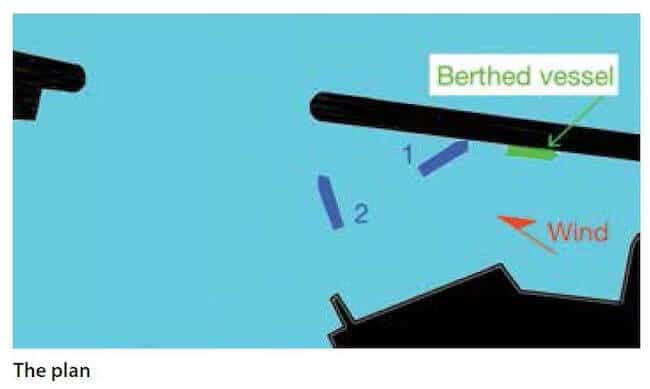
Ahead engine was applied but the vessel still bumped the fender astern. Then, because too much ahead power had been used, the vessel surged forward and came into contact with the vessel moored ahead, its port bow contacting the starboard aft quarter of the other vessel. The port side anchor remained entangled on the stern railings and deck fittings of the moored vessel.
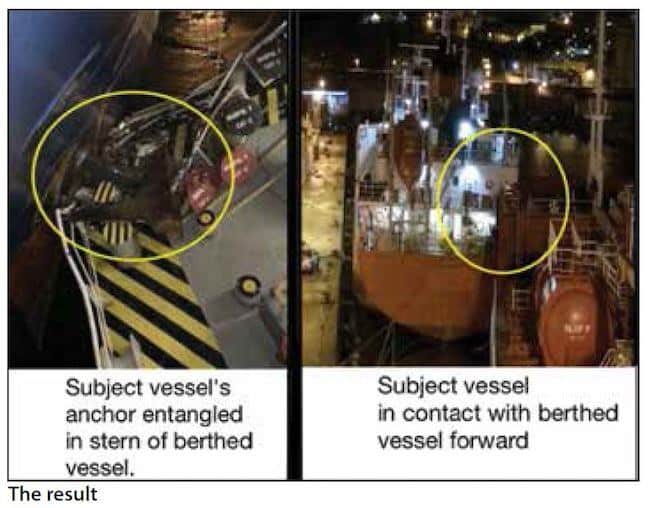
Lessons learned
- Although winds were light they nonetheless did not help the planned manoeuvre. When manoeuvring always look to use the elements to your favour. If this is not possible, consider the use of one or more tugs.
- The left-turning CP propeller, which will normally cant the stern to port irrespective of ahead or astern thrust applied, should have been an early indicator that carrying out this plan without tug assistance was not advisable.
- In dark conditions a person’s visual acuity is not as sharp as in daytime. Missed visual cues while manoeuvring in tight quarters in darkness could contribute to less than adequate performance.
Reference: nautinst.org
Do you have info to share with us ? Suggest a correction
About Author
Marine Insight News Network is a premier source for up-to-date, comprehensive, and insightful coverage of the maritime industry. Dedicated to offering the latest news, trends, and analyses in shipping, marine technology, regulations, and global maritime affairs, Marine Insight News Network prides itself on delivering accurate, engaging, and relevant information.

About Author
Marine Insight News Network is a premier source for up-to-date, comprehensive, and insightful coverage of the maritime industry. Dedicated to offering the latest news, trends, and analyses in shipping, marine technology, regulations, and global maritime affairs, Marine Insight News Network prides itself on delivering accurate, engaging, and relevant information.
- Real Life Incidents: Near Miss In Open Water And Good Visibility
- Real Life Incident: Poor Situational Awareness Leads to Collision
- Real Life Incident: Monkey’s Fist Knocks on Office Window
- Real Life Incident: Paint Storage Slip-Up On Ship
- Real Life Incident: Checklist Mentality Is A Burning Problem
- Real Life Incident: Vessel Speed Exacerbates Bank Suction
Latest Case studies Articles You Would Like:
Subscribe To Our Newsletters
By subscribing, you agree to our Privacy Policy and may receive occasional deal communications; you can unsubscribe anytime.







